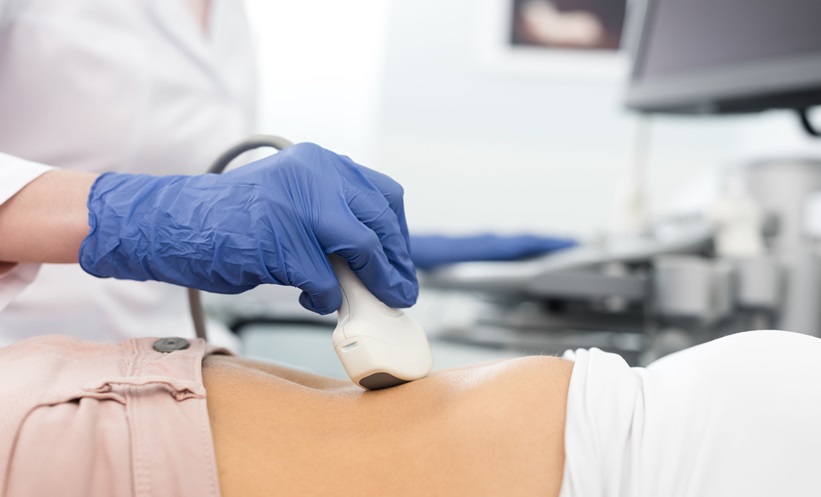OVARIAN cancer remains a significant global health challenge, with an estimated 310,000 new cases and over 200,000 deaths annually. Most diagnoses occur at advanced stages, and survival rates have stagnated in high-income countries, with the 10-year survival rate remaining around 35%. This underscores the urgent need for earlier and more accurate diagnostic methods.
Often presenting with non-specific symptoms such as bloating, abdominal pain, urinary urgency, and changes in appetite, ovarian cancer can be challenging to detect early. In the UK, general practitioners play a pivotal role in diagnosing these cases who, after noting symptoms, may conduct tests for the CA125 tumour marker and order pelvic ultrasounds. Abnormal results lead to rapid-access referrals, with patients being assessed by hospital gynaecologists, who use various risk-prediction models to triage patients to specialised care.
Several diagnostic models are utilised, including the Risk of Malignancy Index (RMI1), the Risk of Malignancy Algorithm (ROMA), and the International Ovarian Tumour Analysis (IOTA) ADNEX model. Among these, the IOTA ADNEX model, particularly at a 10% threshold, has shown superior sensitivity, exceeding 96%. Its slightly lower specificity compared to other models is considered a fair trade-off for improved early detection, especially in postmenopausal women. However, prioritising sensitivity increases the risk of false positives, which can cause anxiety for patients and place additional strain on healthcare systems.
The ROCkeTS study, led by the Pan Birmingham Gynaecological Cancer Centre, UK, which assessed these diagnostic tools, recommended the IOTA ADNEX model as a new standard of care due to its balance of high sensitivity and manageable specificity. However, it emphasised the need for careful management of false-positive cases, suggesting the use of additional MRI scans to reduce unnecessary surgeries. As diagnostic practices evolve, ongoing health economic analyses will be crucial to guide the implementation of new models and refine ovarian cancer care pathways.
Katie Wright, EMJ
Reference
Sundar S et al. Risk-prediction models in postmenopausal patients with symptoms of suspected ovarian cancer in the UK (ROCkeTS): a multicentre, prospective diagnostic accuracy study. Lancet Oncol. 2024;25(10):1371-86.








